Position change letter template
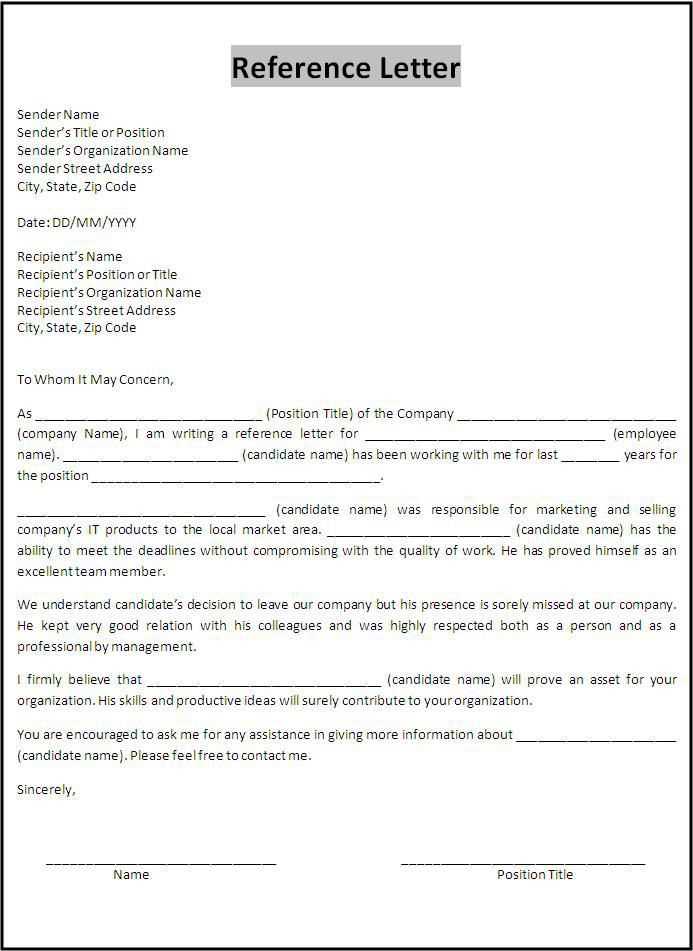
Changing roles within a company is a significant step for both the employee and the organization. Crafting a position change letter should be clear and direct to ensure all parties understand the new responsibilities and expectations. The letter should express appreciation for the opportunity while outlining the transition details, including the start date and any adjustments in duties or reporting structure.
Focus on clarity and professionalism when writing the letter. Begin by addressing your immediate supervisor or HR representative. Clearly state the position you are moving to, the reason for the change, and how this decision aligns with both your career growth and the company’s objectives. This approach avoids ambiguity and sets a positive tone for the change.
Keep the letter concise but informative. Mention how you plan to handle the transition smoothly, especially if there’s a need for you to train someone or hand over your previous responsibilities. Conclude with gratitude for the support you’ve received and your enthusiasm about the new role.
Here’s the corrected version:
To initiate a position change request, ensure the subject line clearly states your intention. For example, “Request for Position Change: [Current Job Title] to [Desired Position]”. In the body of the letter, immediately express appreciation for the current role while stating your reasons for requesting the change. Be specific about the new role you’re interested in and how it aligns with your career goals.
Next, mention any relevant skills or experiences that make you a strong candidate for the new position. Highlight your accomplishments and how they would contribute to the success of the team in the new role. Make sure to demonstrate enthusiasm and a positive outlook on this transition.
Conclude the letter by expressing openness to discuss the details further, and include your availability for a meeting or conversation. Thank the recipient for their time and consideration. Close the letter with a formal salutation, such as “Sincerely” or “Best regards”.
- Position Change Letter Template
A Position Change Letter should clearly convey the employee’s new role, responsibilities, and any changes to their compensation or benefits. Use a formal, yet welcoming tone to make the transition smooth. Here’s a basic structure for writing one:
1. Start with a Professional Salutation
Address the letter to the employee using their formal name and title. Example: “Dear [Employee’s Name],”
2. State the Purpose of the Letter
Clearly explain that the letter is about a change in their position. Example: “We are pleased to inform you that your position with [Company Name] has changed from [Old Position] to [New Position].”
3. Outline the Key Details of the New Position
Mention specific details such as job title, duties, and any relevant changes in reporting structure. Example: “In your new role, you will be responsible for [New Responsibilities]. You will report directly to [New Supervisor].”
4. Highlight Changes in Compensation or Benefits
If applicable, include any salary adjustments, bonuses, or benefit changes. Example: “Along with this change, your salary will be adjusted to [New Salary] per [Time Period]. You will also receive [List of Benefits].”
5. Reaffirm Support and Enthusiasm
Show support for the employee’s growth and express excitement about their continued contribution. Example: “We are confident that you will continue to thrive in this new position and contribute greatly to the team’s success.”
6. Close Formally
End with a professional closing, such as “Sincerely,” followed by your name and title.
Begin with a clear and concise subject line that reflects the purpose of the letter. Keep it professional and to the point, such as “Request for Position Change” or “Application for [New Position Title].”
In the opening paragraph, state the purpose of the letter right away. Mention the position you are applying for and briefly explain why you are requesting the change. Be specific about your motivation and how the new position aligns with your skills and career goals.
The body of the letter should highlight your qualifications for the new role. Emphasize your relevant experience, skills, and achievements that demonstrate your ability to succeed in the new position. Be sure to connect these qualities to the specific responsibilities of the role you’re applying for.
In the concluding paragraph, express your enthusiasm for the opportunity and your willingness to discuss the position further. Offer your availability for an interview or a meeting to explore the position change in more detail. Thank the recipient for considering your request and indicate your interest in moving forward.
End the letter with a polite closing, such as “Sincerely” or “Best regards,” followed by your name and contact details. Double-check for any grammatical errors or typos before sending the letter to ensure it presents you professionally.
Begin by addressing the recipient formally. Use their proper title and mention your current role for clarity. This shows respect for the organizational hierarchy and establishes context right away.
State the reason for the position change request clearly. Whether it’s a desire for growth, a shift in career goals, or a move within the company, explaining your motivation helps the reader understand your decision.
Provide a summary of your current role and how it aligns with your future aspirations. This helps emphasize that your skills and experience are an asset in the new position you’re seeking.
Discuss any relevant achievements or skills you’ve developed in your current role. Relate these accomplishments directly to how they will benefit the new position. This demonstrates your qualifications and preparedness for the transition.
Be direct about your goals for the new position. Mention what you’re aiming to accomplish and how this change will align with both personal growth and the company’s objectives.
Express gratitude to the company for considering your request. Acknowledge the support of your team and supervisors as this maintains a tone of professionalism and appreciation.
Conclude with a call to action. Express your availability for further discussion and let them know you’re eager to discuss the next steps. A friendly yet professional tone helps keep the door open for dialogue.
How to Address the Reason for the Change
Be direct and clear when explaining the reason for the position change. Whether it’s due to a personal decision, company restructuring, or new opportunities, providing context helps the recipient understand the decision. For example, if the change is prompted by growth within the organization, highlight how the new position aligns with expanding responsibilities. If it’s due to a personal choice, briefly explain how it matches long-term career goals or personal preferences.
Avoid excessive detail or unnecessary explanations. Focus on the key factors that are directly related to the change, and make sure to present the reason in a positive light, emphasizing growth, opportunity, or alignment with the company’s objectives. Keep the tone professional and forward-looking, reassuring the recipient that the change is in their best interest or part of a strategic goal.
Keep your tone professional, clear, and respectful throughout the letter. Address the recipient directly and use a neutral, positive language to maintain a collaborative atmosphere.
- Be concise and straightforward. Avoid unnecessary details that can distract from the main point of the request.
- Use polite expressions, such as “I would appreciate,” “I would be grateful,” or “Thank you for considering.” This shows professionalism and respect.
- Stay neutral and avoid emotional language. Keep the focus on facts and the reasons behind your request, rather than expressing dissatisfaction or frustration.
- Avoid jargon or overly technical language unless it’s necessary and you’re certain the recipient will understand. Clarity is key.
- Use positive phrases that reflect your willingness to contribute, such as “I look forward to the opportunity” or “I am confident that this change will benefit both of us.”
- Be specific about the changes you’re requesting. Provide relevant details without over-explaining, as too much information can weaken your case.
By keeping your tone polite and language precise, you ensure the letter conveys professionalism and clarity while encouraging a favorable response.
After submitting your position change letter, stay proactive by following up on your request. While waiting for a response, keep these steps in mind:
1. Monitor Your Email
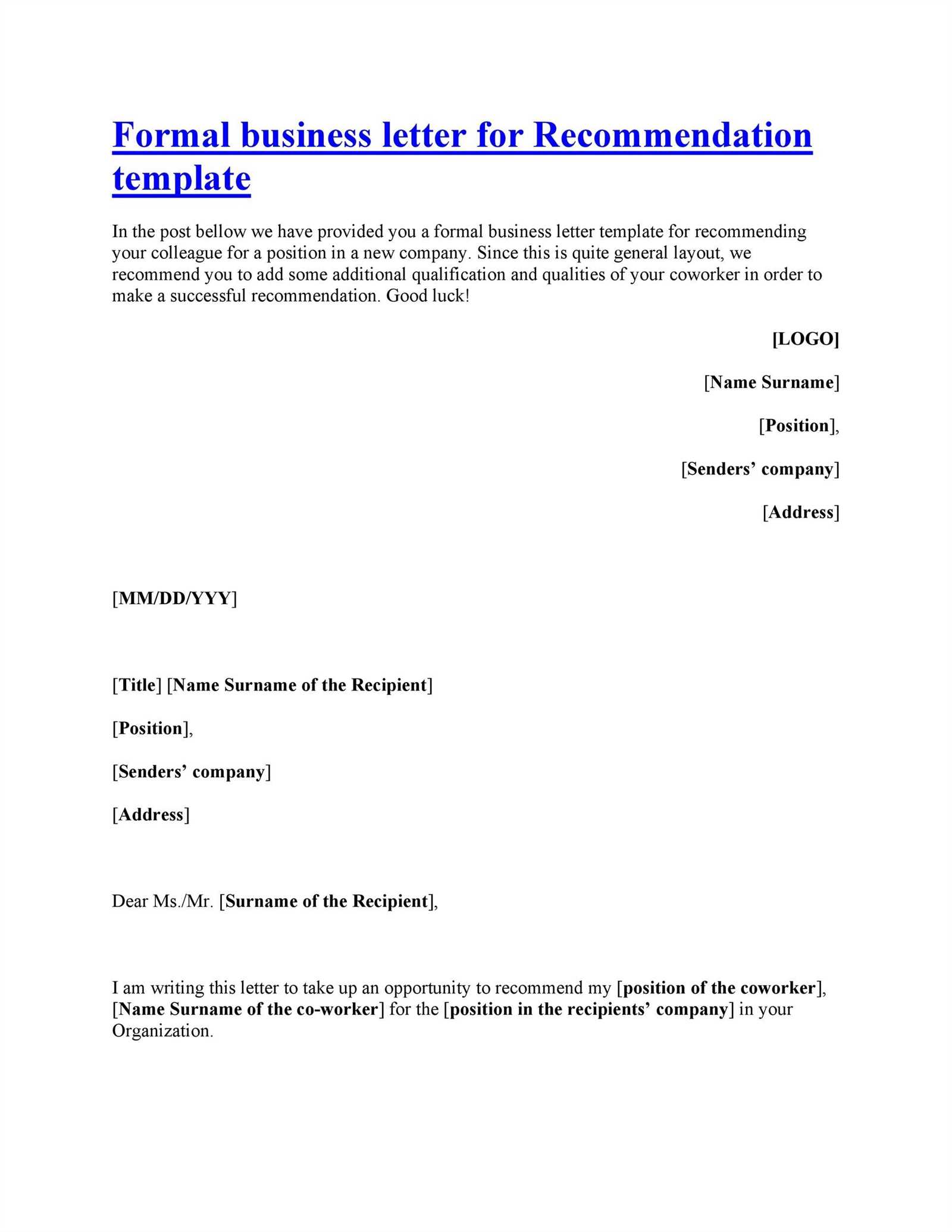
- Check your inbox regularly for updates from HR or your supervisor. If you don’t hear back within a week or two, consider following up with a polite inquiry.
- Ensure that your email settings allow for important communications to reach you, avoiding missed responses due to spam filters.
2. Prepare for the Next Steps
- If your change is approved, be ready to discuss the details. Prepare any necessary documents or performance data to support your transition.
- If your request is not approved, seek constructive feedback. Understanding their reasoning can help you improve your position for future requests.
3. Stay Professional and Patient
- Respect the decision-making process. HR or management may need time to evaluate your request alongside other company priorities.
- Continue performing your duties with professionalism, showing that you are committed to your current role and the organization.
By staying engaged and proactive, you demonstrate readiness for change and contribute to the process, no matter the outcome.
Common Mistakes to Avoid in a Position Change Letter
Avoid using vague language that doesn’t clearly explain your goals. Be specific about the position you’re aiming for and why you are interested in the new role. This ensures your letter appears focused and purpose-driven.
1. Failing to Address the Recipient Properly
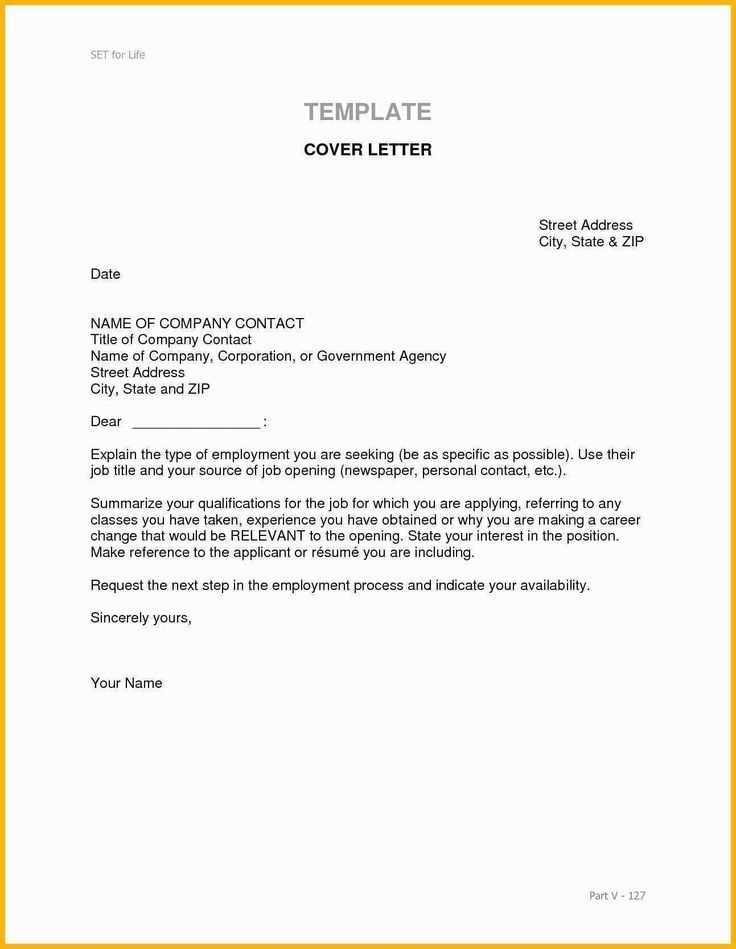
Ensure you know the correct person to address the letter to. Addressing it to the wrong person or using a generic salutation can come across as unprofessional. Double-check the recipient’s name and title before sending.
2. Ignoring Company Culture
Research the company culture before writing. Don’t forget to align your tone and language with the organization’s values. A letter that doesn’t reflect the company’s environment may be disregarded.
3. Making It Too Lengthy
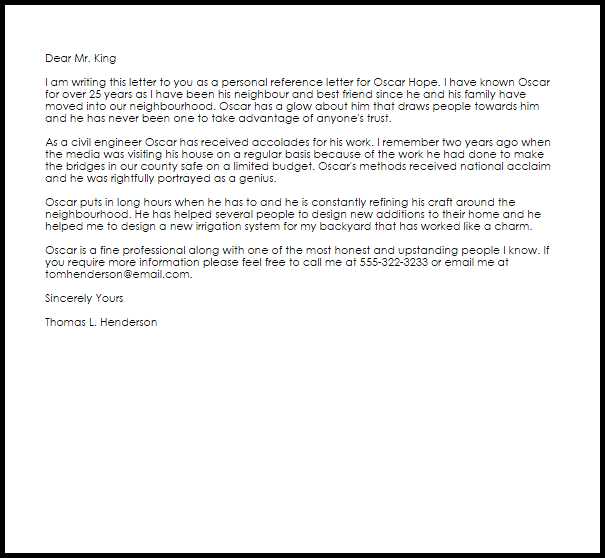
Keep the letter concise. Employers appreciate brevity, so focus on key points. A long, detailed letter may lose the reader’s attention and make your request seem less urgent.
4. Lack of Professional Tone
Maintain professionalism throughout the letter. Avoid informal language or too casual expressions. You are communicating with a colleague, and the tone should reflect the workplace environment.
5. Focusing Only on Personal Reasons
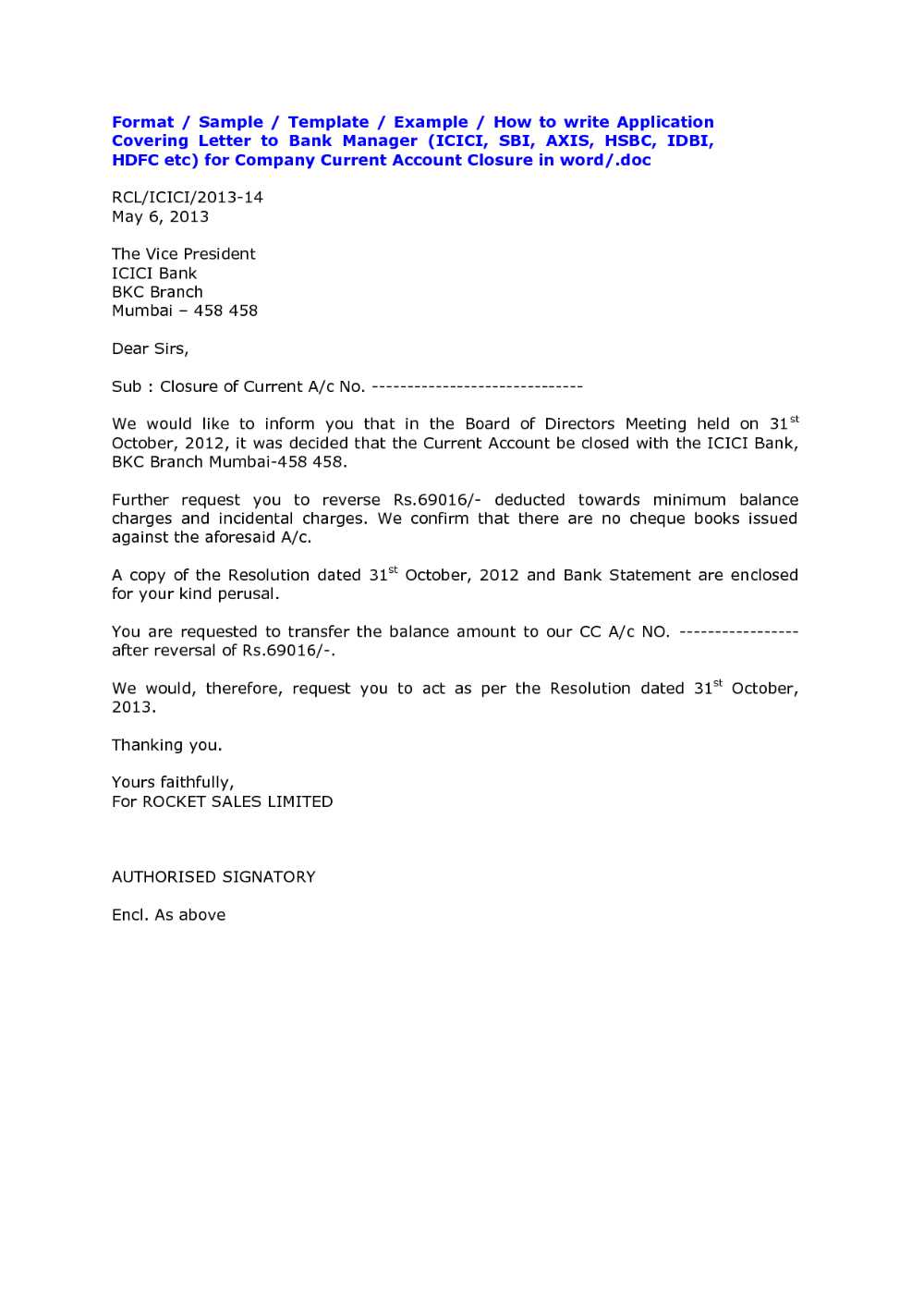
While it’s important to mention why you’re interested in the new position, avoid making the letter only about your personal desires. Balance your personal motivations with how your skills align with the needs of the role and the company’s goals.
6. Overusing Flattery
Complimenting your current team or supervisor is fine, but excessive praise may seem insincere. Be genuine without overdoing it, as this can detract from your request and come across as unprofessional.
7. Ignoring Your Achievements
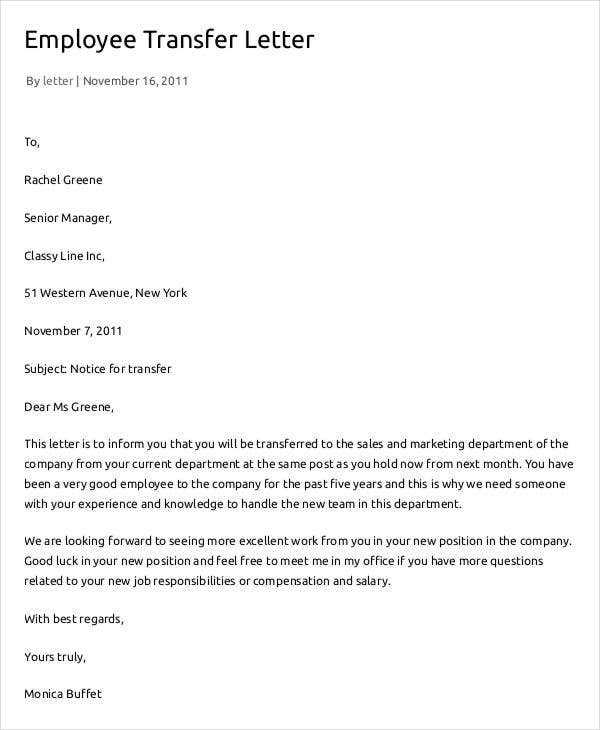
Don’t miss the opportunity to highlight your successes in your current role. Showcase your contributions to the company to demonstrate why you’re qualified for the position change.
8. Forgetting to Proofread
Typos and grammatical errors can make a negative impression. Carefully proofread your letter to ensure that it’s polished and professional. Consider asking a colleague or friend to review it before submitting.
Position Change Letter Template
When composing a position change letter, it’s critical to be clear and direct. Begin by addressing your manager or HR representative politely. Mention the position you’re moving into and explain the reason for the change, whether it’s internal growth, a department shift, or a specific project assignment.
Outline your excitement and willingness to take on new challenges while reaffirming your commitment to the organization’s goals. Be sure to emphasize how this transition aligns with your skills and how you plan to contribute in your new role.
Here’s an example structure to follow:
| Section | Details |
|---|---|
| Subject Line | Position Change Request |
| Greeting | Dear [Manager’s Name or HR], |
| Opening Statement | I am writing to officially request a position change to [New Position]. |
| Reason for Change | Explain briefly why you are requesting the change and why you feel prepared for it. |
| Closing | Thank you for considering my request. I look forward to discussing this further and appreciate your support during the transition. |
| Sign-Off | Sincerely, [Your Name] |
Ensure that the tone is confident yet humble, showing gratitude for the opportunity while expressing your readiness to take on more responsibilities.